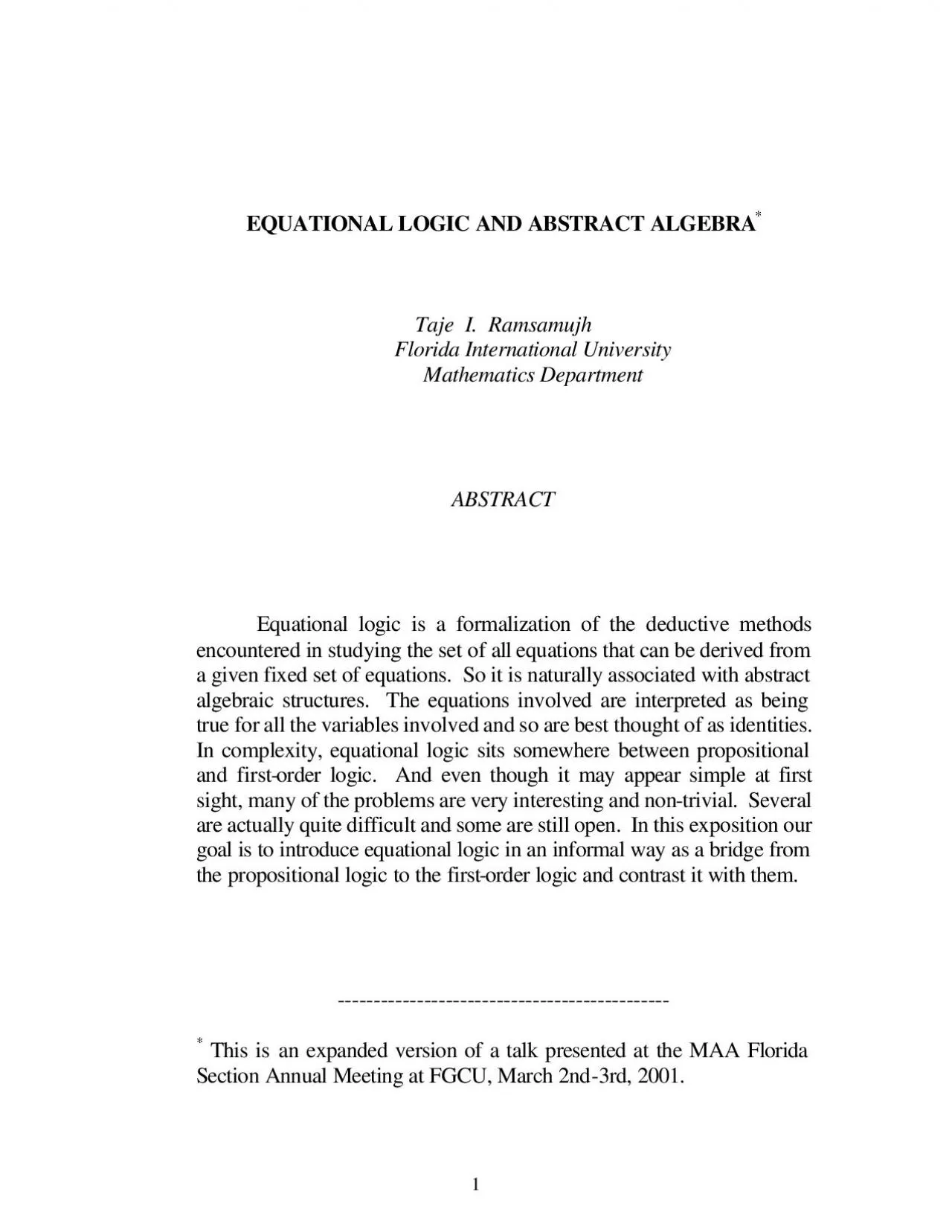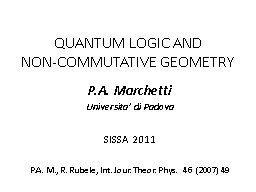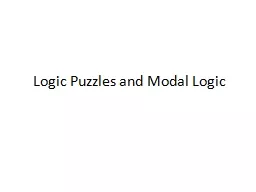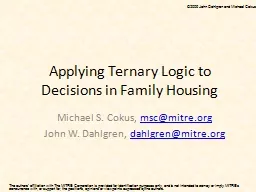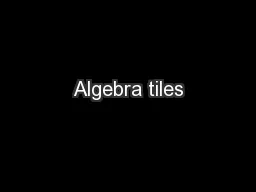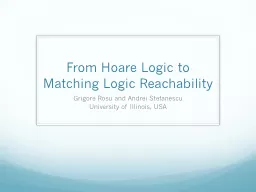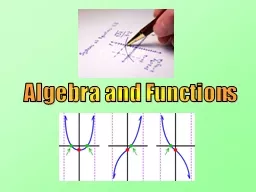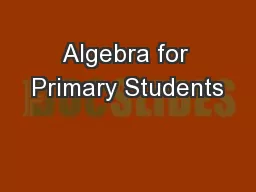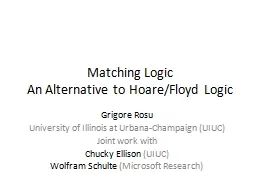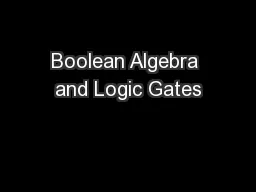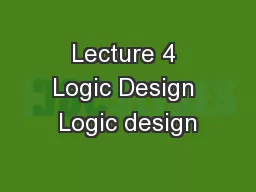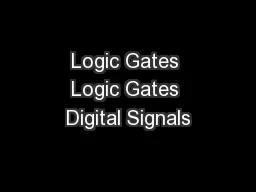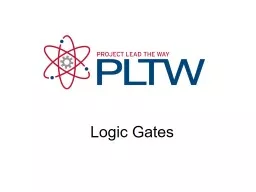PDF-EQUATIONAL LOGIC AND ABSTRACT ALGEBRA* Taje I. Ramsamujh Fl
Author : roxanne | Published Date : 2020-11-23
1 2 1 Introduction Equational logic is often referred to as universal algebra because of its natural association with abstract algebraic structures but this is not
Presentation Embed Code
Download Presentation
Download Presentation The PPT/PDF document "EQUATIONAL LOGIC AND ABSTRACT ALGEBRA* ..." is the property of its rightful owner. Permission is granted to download and print the materials on this website for personal, non-commercial use only, and to display it on your personal computer provided you do not modify the materials and that you retain all copyright notices contained in the materials. By downloading content from our website, you accept the terms of this agreement.
EQUATIONAL LOGIC AND ABSTRACT ALGEBRA* Taje I. Ramsamujh Fl: Transcript
Download Rules Of Document
"EQUATIONAL LOGIC AND ABSTRACT ALGEBRA* Taje I. Ramsamujh Fl"The content belongs to its owner. You may download and print it for personal use, without modification, and keep all copyright notices. By downloading, you agree to these terms.
Related Documents

